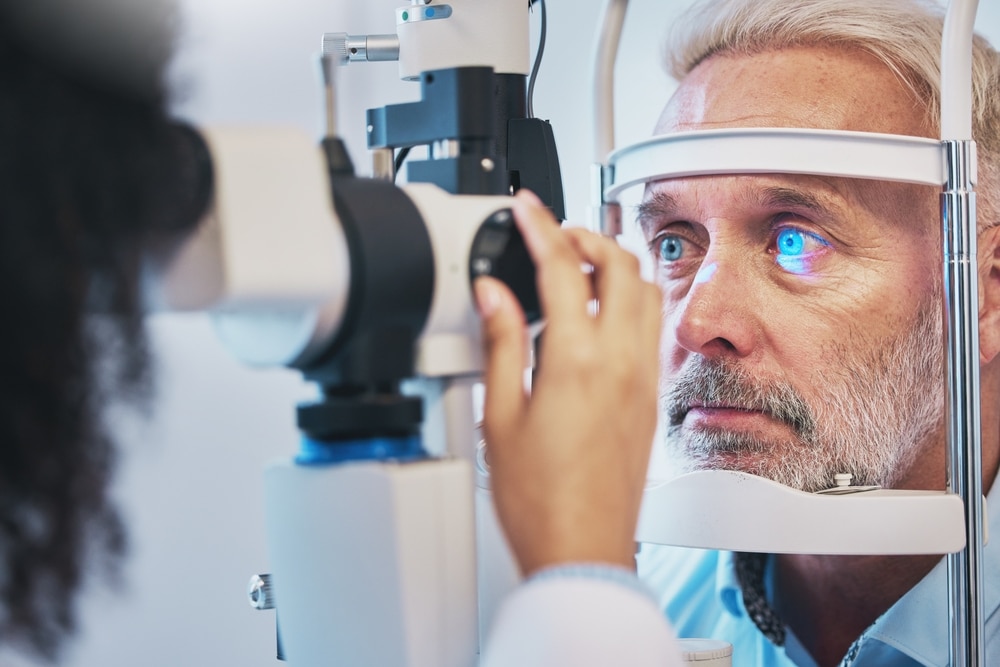4 Things You May Not Know About Cataracts

Cataracts are one of the leading causes of vision loss worldwide. While many people have a basic understanding of cataracts, there’s likely lots you may not know about this common eye condition.
Keep reading to learn four things you may not know about cataracts!
1. There’s More Than One Type of Cataracts
There are different types of cataracts. The three most common main types are nuclear cataracts, cortical cataracts, and posterior subcapsular cataracts.
These types differ in their appearance and location within the lens. Underlying reasons for their development can also vary.
For example, cortical and posterior subcapsular cataracts are more common in people with certain medical conditions like diabetes.
Treatment, vision symptoms, and progression may also be somewhat specific to the type of cataract involved.
2. They Don’t Often Progress Rapidly
In the early stages, you may not notice many symptoms of cataracts. For a small amount of people, this stability even persists over many years without any symptoms or vision changes occurring.
Since cataracts typically progress slowly, not all early cataracts will require cataract surgery right away. Depending on the pace of progression, eye doctors may recommend watchful waiting for some time instead of immediate surgery.
Once your cataracts begin to cause symptoms that makes it challenging for you to perform everyday tasks, your eye doctor will likely recommend cataract surgery.
3. Prescription Changes Are Common
Due to the light-filtering effects of cataracts, people commonly experience gradual changes in their glasses prescription as cataracts advance. The clouding may even make colors take on a yellowish hue and make distinguishing contrast increasingly challenging.
To compensate, new lenses are often required to sharpen vision as needed. These prescription changes even occur before noticeable symptoms arise in many cases.
4. Cataracts Can Occur at Any Age
While risk rises significantly with aging, cataracts can develop from birth or appear suddenly due to injury or toxicity at any age. Additionally, certain medical conditions linked with earlier cataract onset include uncontrolled diabetes, extended steroid use, genetic disorders, and eye inflammation.
Even young children or teens may develop premature cataracts, sometimes requiring surgery. So they’re not limited just to senior adults.
4. Everyone Will Get Cataracts Eventually
It might come as a surprise, but developing cataracts of some degree is an almost universal part of human aging. If they live long enough, everyone will eventually face cataracts sooner or later.
Thankfully, not every minor, age-related cataract will require surgery or cause vision problems before other late-in-life health issues arise. Still, it’s an inevitability as the proteins that make up our eye lenses slowly denature and lose transparency over time.
While genetics and environment play a role in determining the pace and severity of progression, aging itself is the largest risk factor for developing cataracts.
The Path Ahead is Clear
Cataract surgery is highly successful at restoring vision, but it’s still wise to know your risks and catch them early. With the correct information and routine eye care, cataracts don’t have to stand in the way of clear sight.
Do you think you may be experiencing symptoms of cataracts? Schedule a cataract evaluation at Ginsberg Eye in Naples, FL, today!





